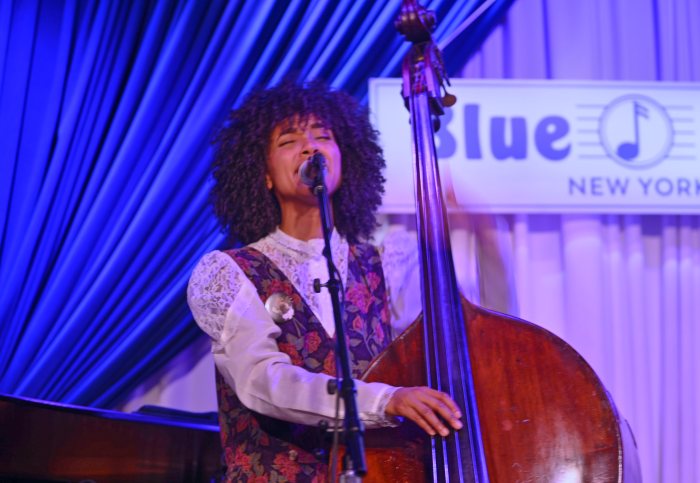There may be no more important photographer, none better at capturing the struggles of war-torn and famine-stricken countries, than Sebastião Salgado. From gold mines in Brazil to oil fields in Kuwait after the first Gulf War and even to refugee camps of Rwanda, Salgado has spent long months finding images that have given the world perspectives rarely seen.
That commitment to craft — and its consequences — is on display in the Oscar-nominated documentary “The Salt of the Earth,” opening Friday, that charts Salgado’s career trajectory and how it affected both the photographer and, at times, those he loves.
amNewYork caught up with the film’s two directors, Wim Wenders and Sebastião’s son, Juliano Ribeiro Salgado, to talk about the latter’s father and his work.
Juliano, even though you were young, did you notice a difference in your father when he would come back from some of these very difficult trips?
Juliano Ribeiro Salgado: Of course. He was different. He was tense, tired, sensitive. It was very heavy. You could feel it, you could see it. ? But then what happened when he came back after Rwanda — he was much more experienced by that point — he was getting sick. Very thin. It’s always been very difficult for him to protect himself from what he was witnessing. He is so sensitive that he doesn’t know how to protect himself, and that’s why Rwanda was such a blow for him.
Wim, you’ve had a run of fascinating arts-based documentaries lately. How do you decide to dedicate so much time to telling a fellow artist’s story?
Wim Wenders: The reason to dedicate time to them is their sheer love of something. ? it’s the feeling of seeing something that blows me away and wanting to share that with other people. The photographs of Sebastião are to me the most important works of a contemporary photographer, and for 20 years whenever anyone asked me who was my favorite photographer, I always said Sebastião.
What is one trait you hope audiences “get” about Sebastião Salgado?
WW: My lesson was that the time that you invest into a subject, into a situation, pays off in the end. In his photographs before knowing him, I saw something — like he had more of a right to take these photographs than other people. And it was the fact that he spent so much time in places. When other photographers leave a place because it’s getting uncomfortable, that’s when he stayed.
JRS: The most important thing for me is to create a bond with people. He’s very true to them, and there’s a sincerity. He’s got a lot of other qualities, but what he really does is open himself and bridge the distance between himself and other human beings.





































